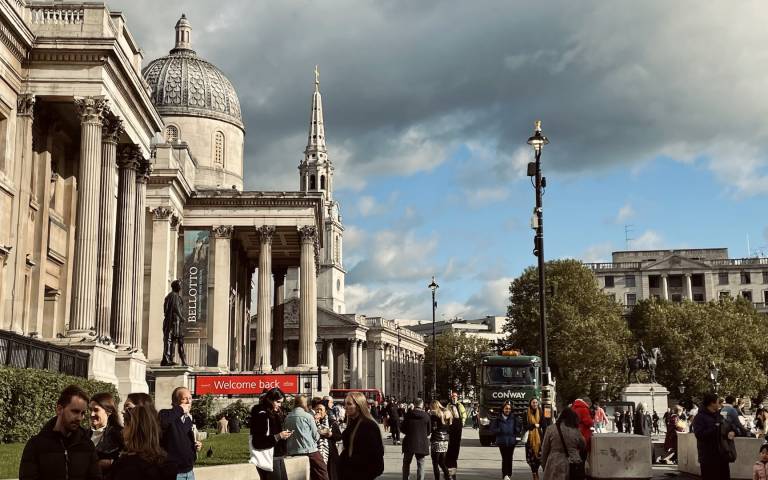 Research
Research

Subject
Spatial Structure, Human Behaviour and Pandemic Resilience in the Design of Public Art Museums
First and second supervisors
Abstract
The outbreak of COVID-19 pandemic has posed challenges in relation to the reopening of public buildings, especially those designed for large numbers of users, such as libraries, museums and galleries. Although various reopening approaches have been widely discussed, the lack of research and evidence-based predictions places the practical solutions recently adopted in reopening public buildings under serious question. These buildings' capability for applying the reopening strategies also varies, which is found to be influenced by the different spatial properties of their layout. As a response to the current situation, this study aims to provide a computational tool and shared standards for pandemic resilience in the architectural design of complex public buildings. It develops Bill Hillier’s graph structure theory through in-depth explorations of variations within generic types of complex buildings by a comparative computational study of their layouts before and during the pandemic and behavioural study of visitors’ patterns of activity. The research looks to develop a computational model to test the pandemic resilience of existing public art museums, in relation to programmatic strategies, and assist in the simulation of new design proposals in terms of capability of designs to adapt during the pandemic.
Biography
Chenyang Li is an EPSRC-funded doctoral student at the Space Syntax Laboratory, UCL. His research interests are related to space types/structures of complex public buildings with a focus on museums and art galleries. He holds a BEng in Urban Planning from Hunan University and an MSc in Space Syntax from UCL (distinction).
Chenyang is currently a postgraduate teaching assistant for the MSc/MRes Space Syntax: Architecture & Cities programme and MPhil/PhD Architectural Space & Computation programme. Before joining The Bartlett, Chenyang was an architect at Hunan Architectural Design Institute. He was also a guest lecturer at Hunan University and Changsha University of Science and Technology for the Space Syntax workshops.
Publications
Li, C., 2022. A City Is Born: An analytical investigation of Changsha’s urban development in the recent 100 years. In 13th International Space Syntax Symposium (pp. 491). Western Norway University of Applied Sciences.
Li, C. and Psarra, S., 2022. A comparative study of graph structures, traversability movement and exhibition strategy in museums during Covid-19. In 13th International Space Syntax Symposium (pp. 484). Western Norway University of Applied Sciences.
Mason, T., Li, C., Song, S., and Yang Y., 2022. Going Back to Basics: The challenges and limitations of teaching Space Syntax through short course programs within mainland China. In 13th International Space Syntax Symposium (pp. 483). Western Norway University of Applied Sciences.
Li, C., Mason, T., and Gan L., 2022. The Evolution of Chinese Shopping Mall: An exploration on socio-spatial changes in Chinese shopping malls over 20 years. In 13th International Space Syntax Symposium (pp. 482). Western Norway University of Applied Sciences.
Mason, T. and Li, C., 2019. The Chinese Danwei, Mediating Continuity and Change: An Investigation into the Spatial Culture of a Work-Unit (Danwei) Community. In 12th International Space Syntax Symposium (pp. 226-2). Beijing Jiaotong University.
Funding
UCL EPSRC DTP Research Studentship
UCL ISAD tuition fee support award
Image: National Gallery, London. Chenyang Li, 2021
 Close
Close

